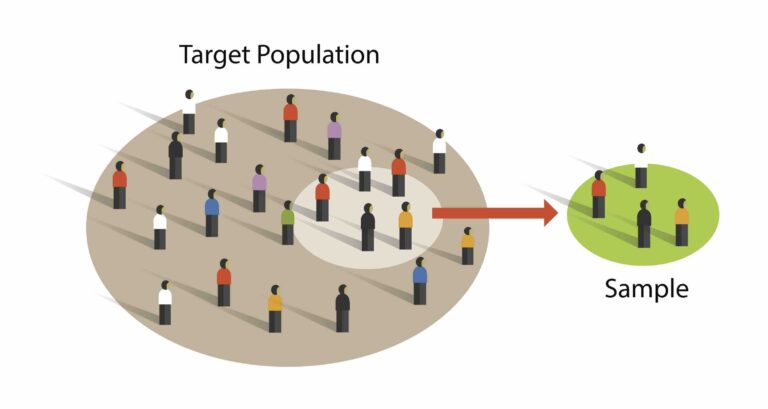Whether you need to record data from a case report form or recruit participants for a new study, you likely have come across a database. Databases are systems to collect, organize, and manipulate large amounts of data. Being able to create and manage them is essential to ensure the success of your investigator-initiated trial (IIT).
When it comes to clinical studies, there are numerous types of software that you can use to help you create and manage your clinical database. However, many of these commercial tools that specialize in clinical data management, such as Oracle Clinical (Oracle), Clintrial (Clinsoft), or MACRO (Elsevier), may be too sophisticated and expensive for your needs. Luckily, you may already have an excellent database creation tool on your computer. If you have Office 365, or even previous versions of Microsoft Office, then you already have a database management program called Microsoft Access. Unlike Word or Excel, however, which you likely already know how to use, Access is a tool that is often less employed. So, in this article, we’ll teach you all the basics of utilizing this powerful asset to help you build a database for your IIT.











